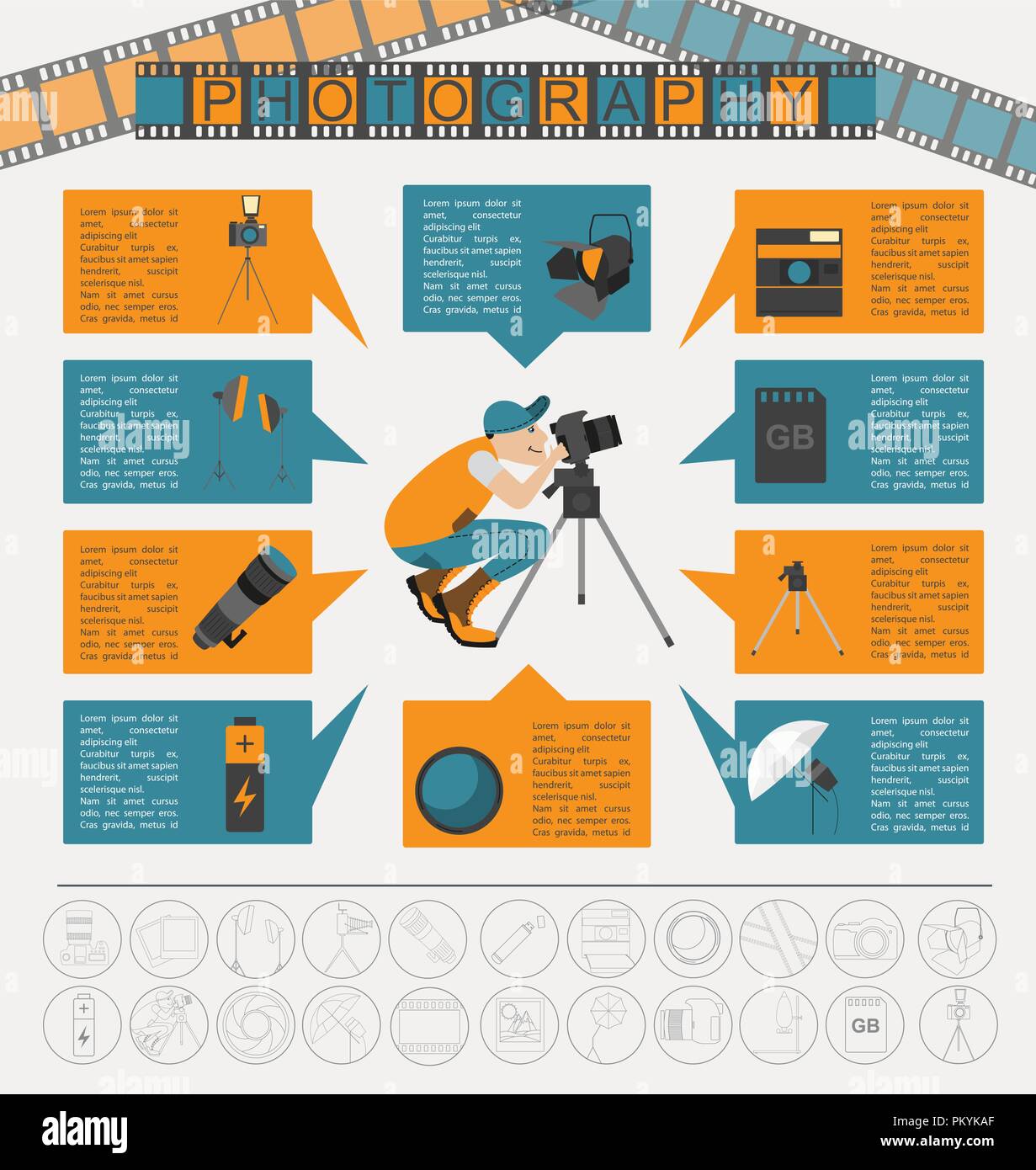What Every Digital Photographer Should Find Out About Lighting
What Every Digital Photographer Should Find Out About Lighting
Blog Article
Created By-Greenwood Brady
As a photographer, you recognize that lighting can make or break your photos. Comprehending the nuances of both all-natural and synthetic light is important for catching the state of mind and quality you go for in your work. Whether you're chasing after the best gold hour glow or fine-tuning your artificial configurations, grasping these aspects can boost your photography dramatically. But there prevail risks that numerous ignore, and recognizing them can change your method to every shoot. Let's discover what you might be missing and just how it can affect your results.
Comprehending All-natural Light
Comprehending natural light is essential for any kind of digital photographer aiming to boost their job. It's the structure of excellent photography, influencing mood, tone, and clearness. When you shoot outdoors, take notice of the moment of day. The golden hour-- shortly after sunrise and prior to sundown-- offers soft, warm light that can change normal scenes right into spectacular images.
Don't take too lightly the power of cloudy days. Cloud cover diffuses sunlight, producing a soft, also light that's perfect for portraits and macro photography. You'll discover shades appear this type of lighting without extreme shadows.
Placing issues, as well. Always consider your topic's orientation to the light. If the sunlight's behind your subject, you may end up with a shape, which can be significant yet mightn't be what you desire. Alternatively, straight sunlight can develop unflattering shadows.
Try out angles; occasionally, transforming your viewpoint can generate outstanding results. Use all-natural reflectors, like water or sand, to jump light onto your topic, adding measurement.
Learning Artificial Light
Understanding synthetic light is vital for digital photographers who want to take their abilities to the following degree. Whether you're using speedlights, workshop strobes, or continuous lights, comprehending just how to adjust these resources can considerably boost your images.
Begin by familiarizing yourself with the basics of light top quality, instructions, and color temperature level. Try out various modifiers like softboxes, umbrellas, or grids to regulate the softness or cruelty of the light.
You'll locate that soft light usually creates lovely outcomes, while harsher light can include drama and deepness. Don't avoid darkness; they can improve the three-dimensionality of your topics.
Pay attention to the positioning of your lights. A light located too close to your subject can produce uncomplimentary outcomes, while too away can bring about a lack of detail. Utilize a light meter or your camera's pie chart to ensure you're revealing correctly.
Finally, keep in mind that man-made light can be combined with ambient light for imaginative results. Stabilizing these resources may take method, once you master it, your digital photography will really beam.
Strategies for Various Situations
When you step into various shooting circumstances, adapting your lights strategies is essential for recording the very best pictures. For exterior pictures, make use of the golden hour-- early morning or late afternoon light-- to soften shadows and boost complexion.
If it's a severe noontime sun, consider using a reflector to bounce light back onto your topic or seek shaded areas for a much more even direct exposure.
In https://www.businessinsider.com/online-photography-art-classes-creative-live -light situations, like interior events, boost your ISO and make use of a broad aperture to allow in more light. A tripod can aid get rid of video camera shake, permitting longer direct exposures without obscuring.
If you're shooting at night, experiment with off-camera flash to produce vibrant lighting and depth in your images.
For item digital photography, use diffused lighting to prevent rough reflections. Softboxes or light outdoors tents can help accomplish this impact.
When photographing landscapes, consider the instructions of light and time of day, as it can considerably alter the state of mind of your shot.
Constantly prepare to adjust Suggested Resource site and positioning based on the scenario, as versatility is crucial to mastering lights in photography.
Verdict
Finally, mastering lighting is essential to elevating your photography skills. Accept natural light's appeal during golden hour, and don't shy away from trying out artificial light methods. By adapting your technique to different scenarios, you'll capture magnificent images that reverberate with feeling and clarity. Remember, the ideal lights can change a normal shot into something amazing, so maintain exercising and fine-tuning your understanding of both natural and man-made light. Pleased shooting!
